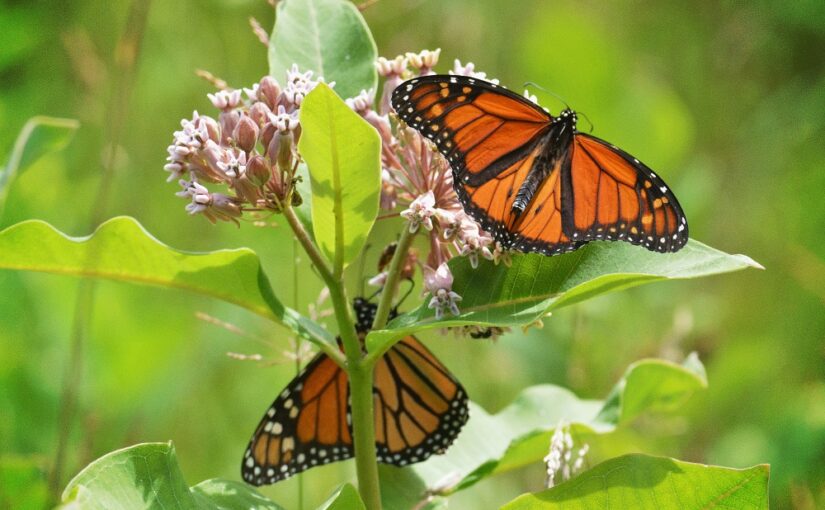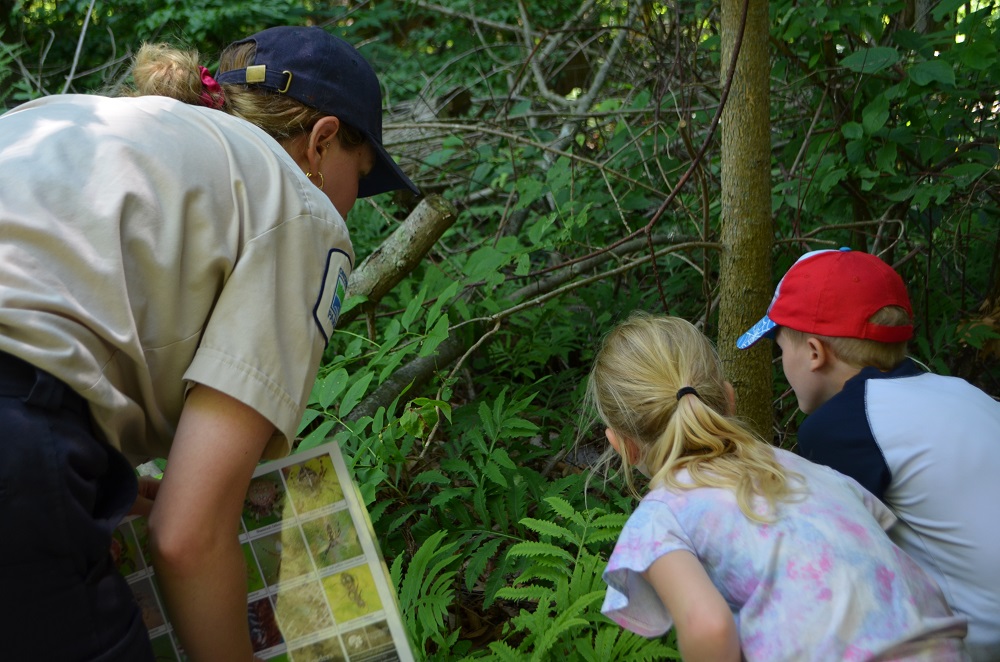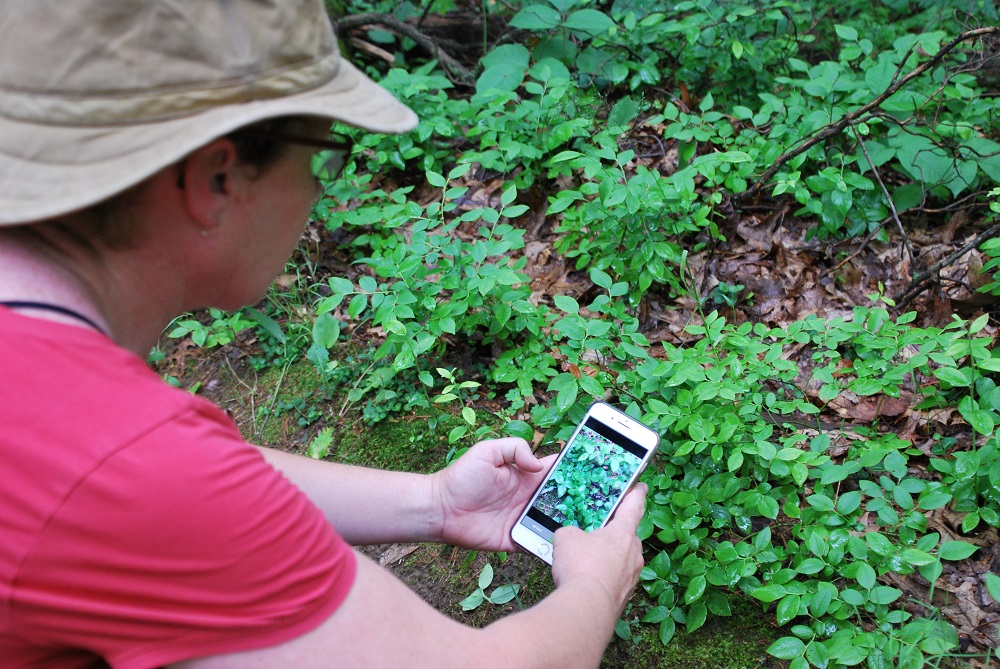Today’s post comes from Grundy Lake Provincial Park Senior Naturalist Hope Freeman.
Have you ever heard the term “species at risk?”
Maybe you have; maybe you haven’t.
In case you haven’t, Ontario’s species at risk are species listed in the Species at Risk in Ontario List regulation under the Endangered Species Act, 2007. Species on the list are classified based on the risk that they may no longer live in the wild in Ontario. Potential classifications, ranging from highest to lowest risk include extirpated, endangered, threatened species, or special concern.
Each species is at risk due to many reasons, but the common denominator is almost always habitat loss.
At risk is one status symbol we don’t want species to have!
So what’s a charismatic species?
Let’s answer that question with another question.
When I first introduced the term “species at risk,” what plant or animal came to mind?
Was it a species like the provincially threatened Polar Bear or Eastern Wolf? Those are the types of species people most often think of when we think about species at risk.
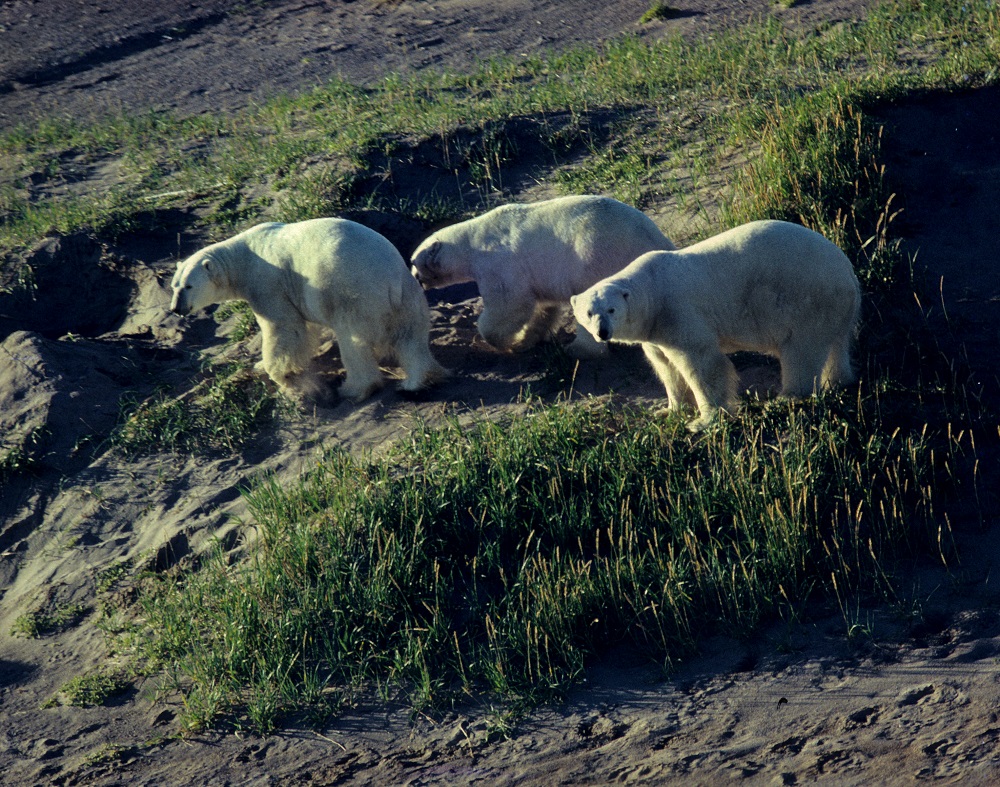
The threatened Lilliput (a freshwater mussel) is less likely to come to mind.
Polar Bears and wolves are what we call “charismatic” species. These are popular species that serve as symbols for broader conservation awareness and action. Charismatic species include plants and animals that make us feel excited, curious, or even fearful.
Species that we feel more connected to may receive more attention than those that we don’t feel a connection with or are not aware of.
Would you really and truly go to bat for the protection of the threatened Broad Beech Fern? It’s a bit less compelling than the Monarch Butterfly, right?
For example, you may feel more compelled to go to bat for the Monarch Butterfly, but species such as the special concern Broad Beech Fern deserve attention and conservation.
Try making a list of species you feel connected to and why. What draws you to these animals and plants? Do you consider them to be cute and cuddly, whimsical and delicate, or mysterious and powerful?
What about non-charismatic species?
While charismatic species play an important role in motivating us to care about conservation, it’s important to consider the needs of the species at risk that don’t cross our minds as often.
Did you know three of Ontario’s native lichen species (endangered) and one moss species (threatened, extirpated) are listed as provincially at risk? While not flashy, these humble species play ecologically vital roles as other members of the ecosystem.
What about the 23 species of at risk mollusks that include snails and mussels? Or the 83 species at risk plants? Just like the lichens and mosses, each of these quiet non-charismatic species plays a pivotal role in its ecosystem — a role that habitat loss threatens.
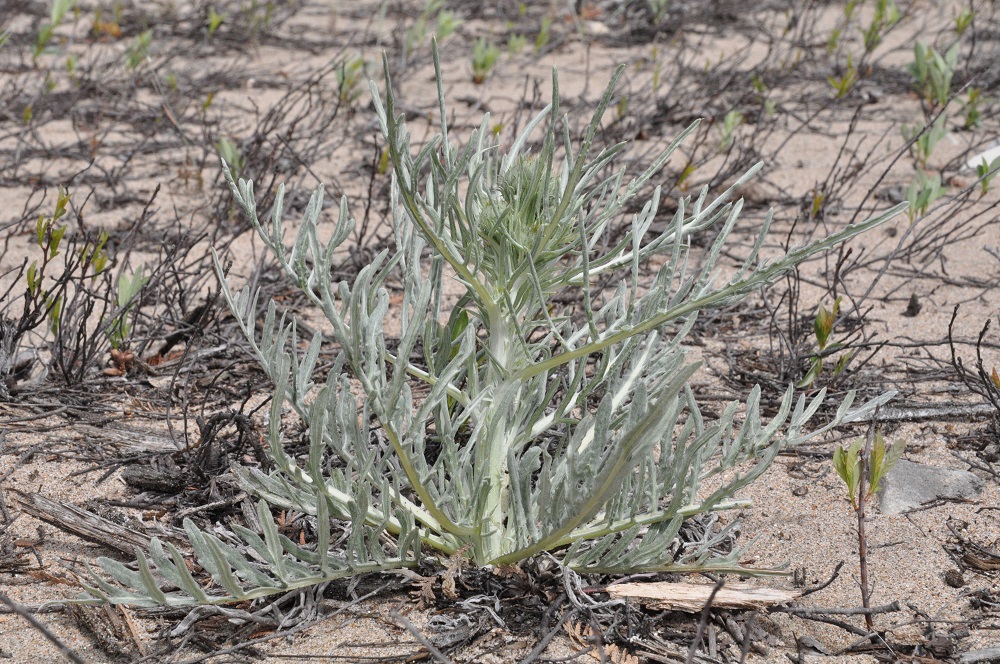
At the risk of being repetitive, I want to emphasize: every species at risk needs attention! But currently, non-charismatic species are much more likely to be overlooked and underappreciated!
So how do we build connections with the non-charismatic species?
Hey — this sounds like a job for Ontario Parks!
Provincial parks and conservation reserves protect species at risk from factors such as habitat loss.
In fact, these areas may be the only safe haven left for some at risk species! For example, the only remaining individual of a provincially endangered lichen is found in a provincial park.
Ontario Parks also provides space for people to learn about and gain appreciation for all of Ontario’s species at risk – whether they are considered charismatic or not.
Many provincial parks have Discovery Centres and offer Discovery programs that help visitors connect with species in meaningful ways.
Unique experiences within these parks can result in a deeper appreciation for the plants and animals found within that specific park or green spaces in general.
We hope these opportunities inspire visitors to participate in community science initiatives within a provincial park and beyond to help monitor species populations.
Finding representation
Ontario’s turtles use a wide range of habitats from rock outcrops to wetlands to forests, so by conserving them and their habitats we may also protect our more non-charismatic species including plants, amphibians, and other reptiles.
Grundy Lake Provincial Park has a turtle monitoring project that brings attention to the at risk turtles found within the park’s boundary.
The Blanding’s Turtle was the obvious choice for the project’s poster species, its bright yellow chin and the fact it appears to be smiling makes it a very lovable reptile.
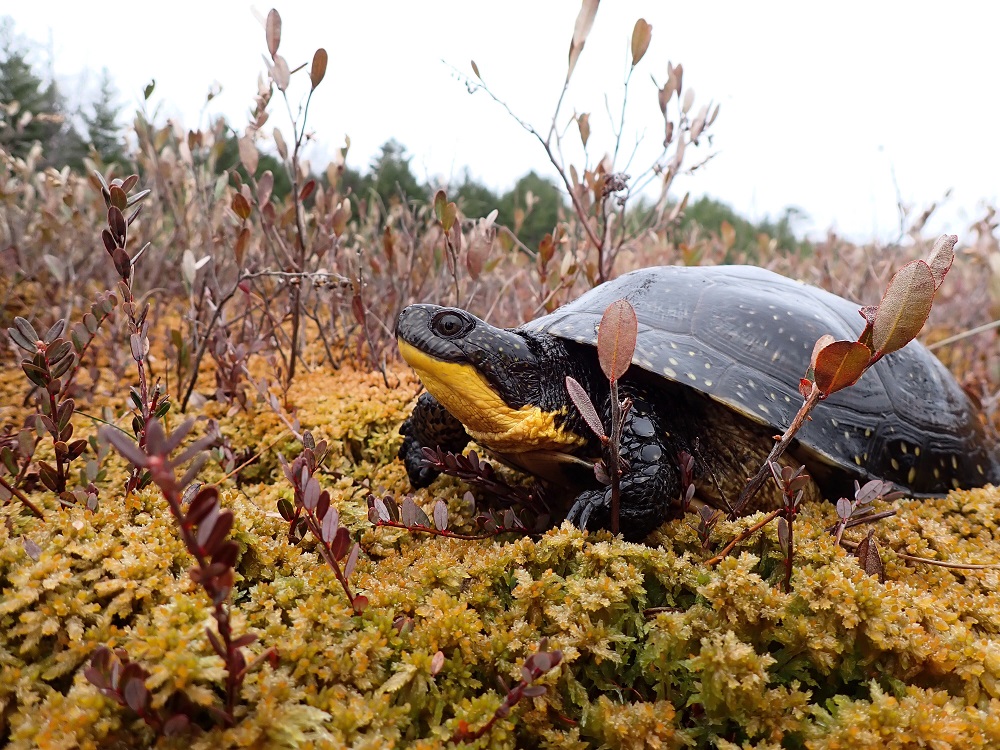
It is listed as at risk both provincially and federally, and the protection and recovery of this species may also benefit our more non-charismatic species where habitats overlap.
Ontario’s turtles use a wide range of habitats from rock outcrops to wetlands to forests, so by conserving them and their habitats we also protect our more non-charismatic species including plants, amphibians, and other reptiles.
Help species at risk inside and outside of parks
Most species are at risk due to human activities, so what can we humans do to help them?
Most importantly, learn about the species at risk found in your area, including those that may not be as eye-catching or “exciting” as other species.
Consider attending a Discovery program at a provincial park that focuses on at risk species.
Research and participate in community science initiatives such as bioblitzes, submit any and all plant and animal sightings to iNaturalist, and/or volunteer to be part of a monitoring project.
All provincial parks are unique in their own way, just like the province’s species at risk.
The next time you’re at a park, ask staff how you can represent the under-represented!
This is the ninth edition of our 2023 species at risk series.
Read our previous edition: (Don’t fear) The Eastern Hog-nosed Snake
